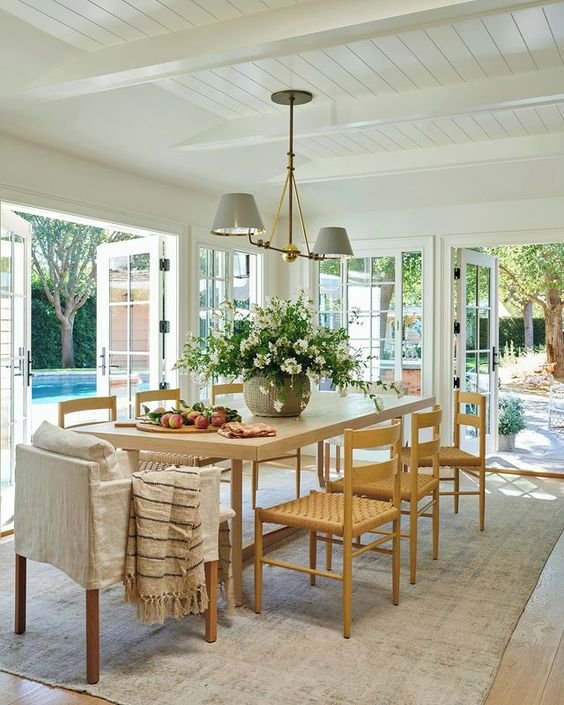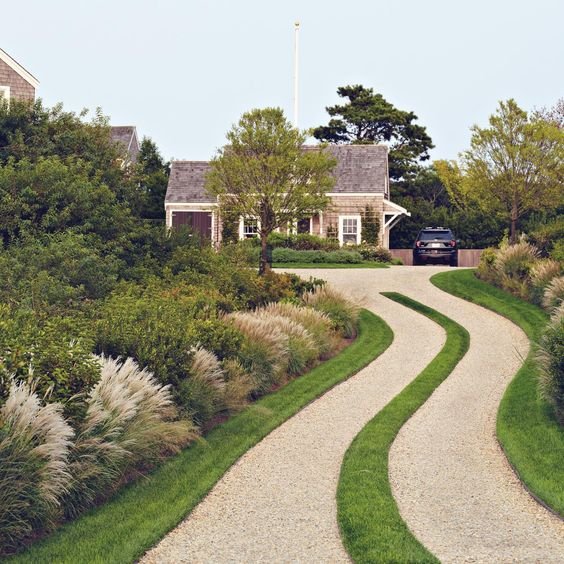Neutral Coastal Notes
Tips to Design a Beautiful Neutral House Interior
Neutral colors provide a versatile foundation that allows you to incorporate various styles and themes. Experiment with different shades, textures, and materials to create a unique and inviting space that reflects your personal style.
Choose a Base Neutral Color
Start by selecting a primary neutral color as the base for your design. Popular choices include whites, grays, beiges, and taupes. This color will serve as a backdrop for the rest of your design elements.
Layer Different Shades
To add depth and interest, incorporate a variety of shades within your chosen neutral color. Use lighter shades for larger surfaces like walls and floors, and darker shades for furniture, accent pieces, and trims. Mixing shades of the same color can create a sophisticated and cohesive look.
Add Texture
Since neutral colors can sometimes feel flat, texture becomes crucial in adding visual interest. Incorporate different textures through materials such as linen, velvet, wool, jute, or natural wood grains. Textured wall panels, rugs, pillows, and curtains can also enhance the overall design.
Consider Contrasting Elements
While the focus is on neutrals, introducing contrasting elements can bring a room to life. Incorporate small pops of color through accessories like artwork, decorative objects, or vibrant plants. The contrast will create visual focal points and add character to the space.
Pay Attention to Lighting
Lighting plays a crucial role in any design. Natural light enhances neutral colors, so maximize the use of windows and allow sunlight to flow into the space. Incorporate a mix of ambient, task, and accent lighting to create the desired mood and highlight specific areas.
Introduce Metallic Accents
Metallic finishes like gold, silver, or bronze can add elegance and a touch of glamour to a neutral color palette. Incorporate metallic accents through light fixtures, hardware, or decorative items. These finishes can provide subtle reflections and add visual interest.
Embrace Natural Elements
Neutral colors work well with natural materials. Incorporate elements such as exposed brick, stone, or wood to add warmth and texture. Use indoor plants or botanical prints to bring a sense of nature into the space.
Consider the Overall Flow
When designing with a neutral color palette, it's essential to maintain a sense of flow and continuity throughout the house. Use consistent colors and materials across different rooms to create a cohesive and harmonious design.
Neutral Aesthetic
Remember, neutral colors provide a versatile foundation that allows you to incorporate various styles and themes. Experiment with different shades, textures, and materials to create a unique and inviting space that reflects your personal style.


















